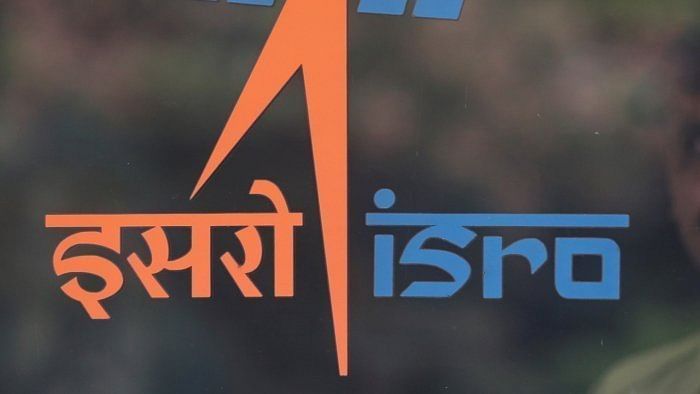
The integrated payload of NISAR (NASA-ISRO Synthetic Aperture Radar), the low earth orbit observatory jointly developed by NASA and the Indian Space Research Organisation (Isro), reached Bengaluru in the early hours of Monday.
The payload was moved to the U R Rao Satellite Centre in Bengaluru to carry out further testing and assembly, Isro said on Wednesday.
Also Read | NISAR will reshape earth observation missions: Scientist Diwakar
NISAR comes with capabilities to map the earth and track changes in its ecosystems, including sea levels and conditions that lead up to natural hazards like earthquakes and landslides.
The low earth orbit observatory is expected to be launched in January 2024. It will use two frequencies — through Isro’s S-band radar and NASA’s L-band radar — and employ the Sweep SAR technique to produce high-resolution data.
The send-off ceremony of the science instrument payload of NISAR was held at NASA’s Jet Propulsion Laboratory (JPL) in California on February 3.
Engineers and technicians at JPL have been integrating and testing the two radar systems since early 2021.
The US Consulate General Chennai said Isro receiving the payload — that arrived on a US Air Force C-17 aircraft — set the stage for the final integration of the satellite, a “true symbol” of civil space collaboration between India and the US.